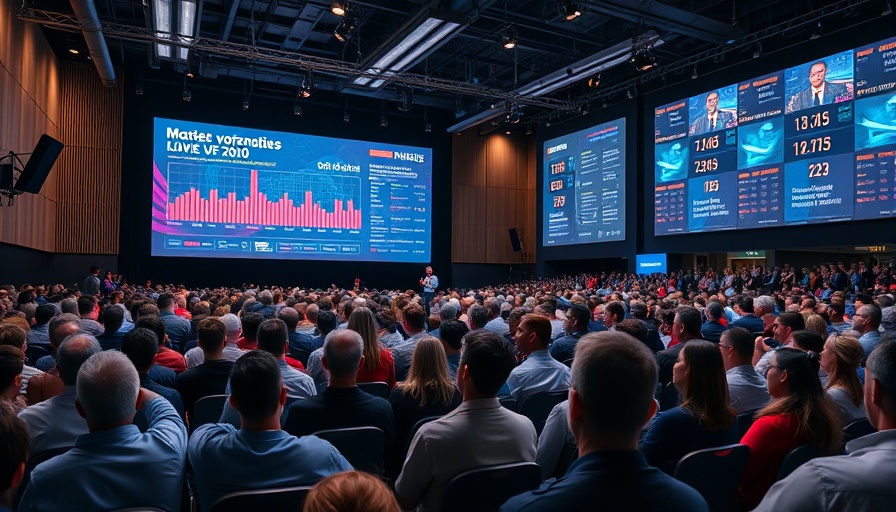
Understanding the Dynamics of Rare Earth Exports
As the global demand for technology continues to surge, the importance of rare earth metals has never been clearer. These minerals, including neodymium and dysprosium, form the backbone of advanced electronics, from smartphones to electric vehicle batteries. With China accounting for roughly 70% of the world's rare earth mining and around 90% of its processing facilities, any change in China's export policy has significant ramifications for global markets.
The Impending Impact of China's Export Controls
Recent measures introduced by the Chinese government to tighten controls on rare earth exports signal a new era in international trade relations. The Ministry of Commerce has mandated a case-by-case approval for rare earth exports, particularly for technologies used in semiconductor manufacturing. This move not only complicates the supply chain for companies heavily reliant on these materials—such as Nvidia, Apple, and Samsung—but also exacerbates the tensions brewing between the U.S. and China, particularly in technology sectors deemed crucial for national security.
Global Supply Chains In Jeopardy
The urgency of this situation cannot be overstated. Analysts predict that the new policies will delay chip production times by one to two quarters, severely disrupting the semiconductor supply chain. This is especially pertinent as Western countries, particularly the U.S. and its allies, escalate efforts to reduce dependency on Chinese tech and expand local production capabilities. However, building this infrastructure takes time, and the clock is ticking.
Entrepreneurial Opportunities Amidst Challenges
For entrepreneurs and business leaders, these developments paint a picture of both risk and opportunity. Growth-focused entrepreneurs can explore alternatives, such as investing in recycling technologies for rare earths or developing new supply chains. There is a significant need for innovation in sourcing and processing these critical minerals to mitigate the risks posed by centralized supply chains. By diversifying suppliers and investing in sustainable practices, businesses can not only protect themselves from geopolitical upheaval but also ameliorate the environmental impact associated with rare earth mining.
Strategic Moves Ahead
Founders and consultants must develop scaling strategies that consider these changing dynamics. Awareness of shifts in international relations and resource availability can inform business strategies that are both resilient and adaptive. Collaboration among sectors—technology, environmental, and policy—will be key to navigating this complex landscape.
The Road Ahead for Businesses
As companies assess their vulnerabilities in light of these new trade restrictions, those who proactively adapt will reap the benefits of foresight. Building competitive advantage will require not only an understanding of the resource landscape but also an agile approach to change. Companies that can pivot quickly may just find themselves in a better position than their competitors as the geopolitical landscape shifts underfoot.
 Add Row
Add Row  Add
Add 




Write A Comment